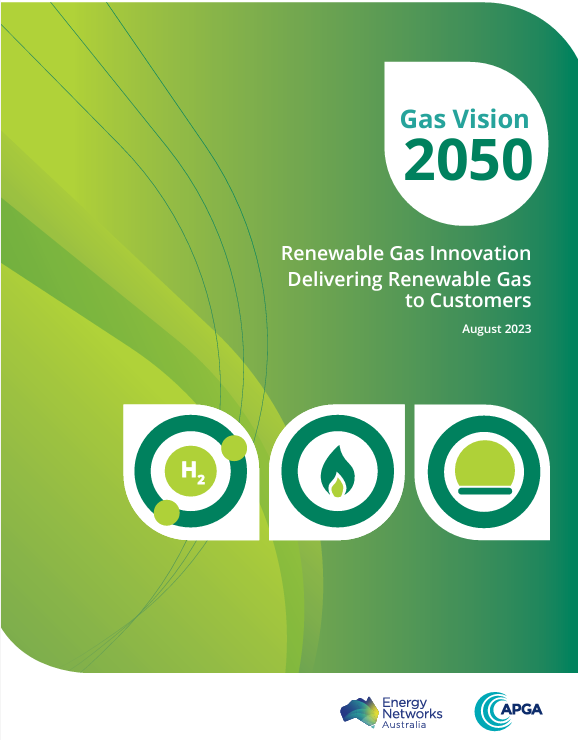
Since the launch of Gas Vision 2050, governments and industry have invested $570 million in research and development, policy analysis and pilot projects to demonstrate the role of renewable gas.
Led by Australian gas and pipeline infrastructure businesses, this report provides an overview of innovation in low-carbon technologies.
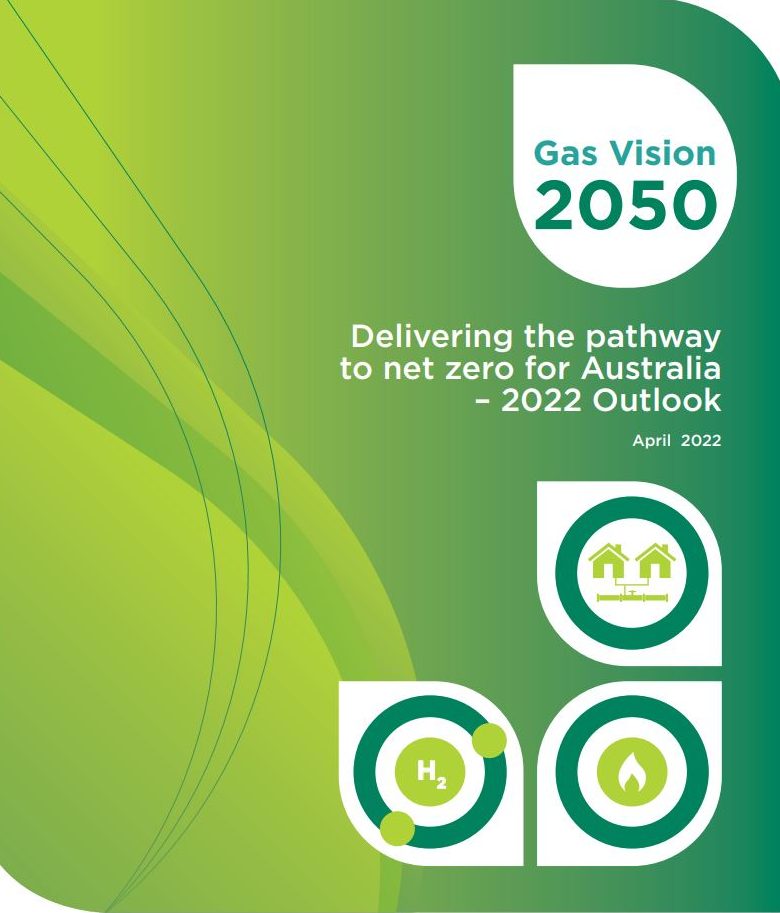
Delivering the pathway to net zero for Australia – 2022 Outlook
Gas networks and pipelines readying to deliver renewable decarbonised gas. Australia’s gas networks could be fully decarbonised, able to deliver 100 per cent renewable fuel for heating and manufacturing.
The Gas Vision 2050 update identifies key actions needed in the next decade for gas to go green and transition to net zero emissions in line with global and national targets.
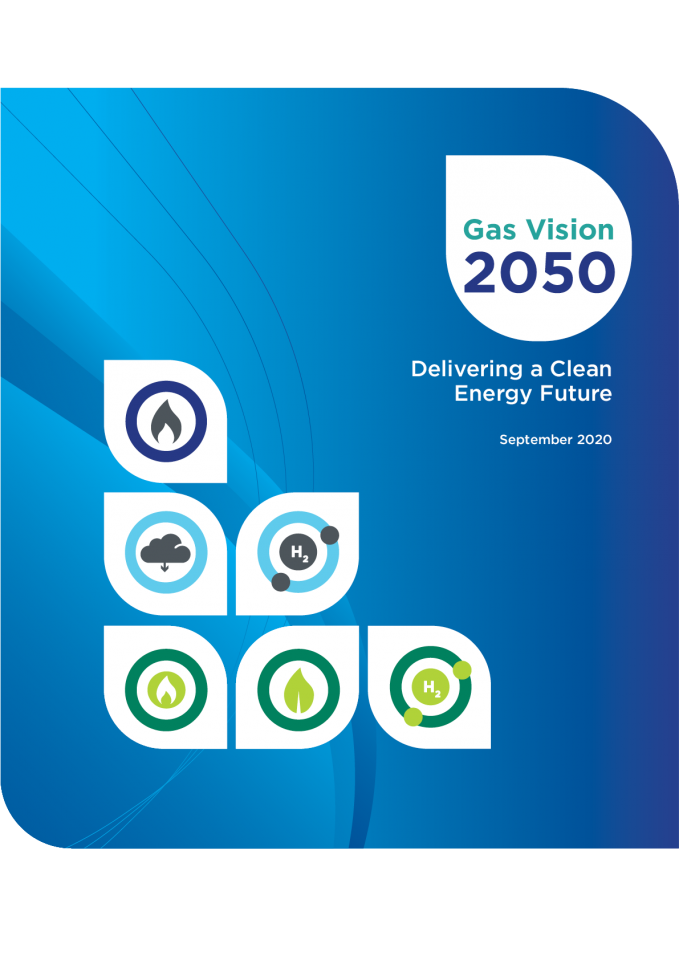
Delivering a clean energy future
Net-zero emissions can be achieved with hydrogen at half the cost of electrification.
The latest update to Gas Vision 2050 analyses different scenarios to achieve net-zero emissions and projected costs.
This report demonstrates a net-zero emissions gas network could be achieved without the hefty power bill impacts of electrification.
Read the Gas Vision updateMedia releaseFrontier Economics Report
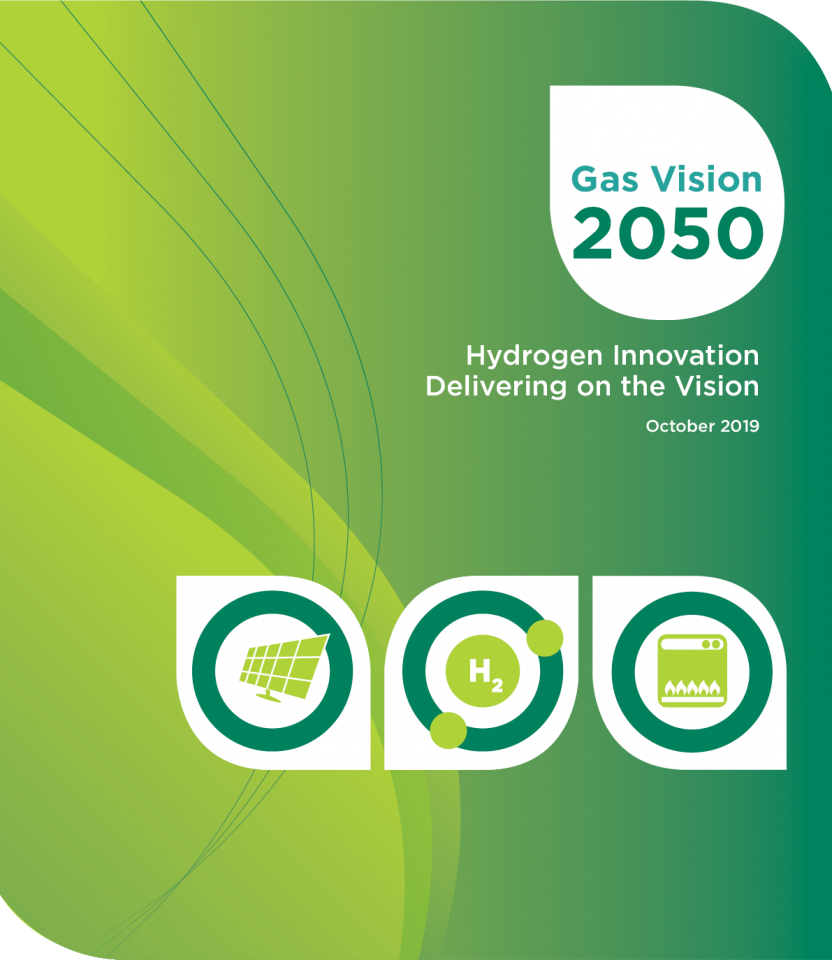
Hydrogen Innovation – Delivering on the Vision
Since Energy Networks Australia and our industry partners launched Gas Vision 2050 two years ago, the industry has invested in research and development, policy analysis and pilot projects to demonstrate these new technologies, with a focus on the role of hydrogen.
Producing renewable hydrogen is already being demonstrated in Canberra and Perth, and by early-2020, two more projects – in Adelaide and western Sydney – will come online. Across these projects, more than 2 MW of hydrogen production capacity will be installed that can deliver renewable hydrogen.
The latest report from Gas Vision 2050 outlines innovations in the gas industry that are progressing towards a decarbonised network.
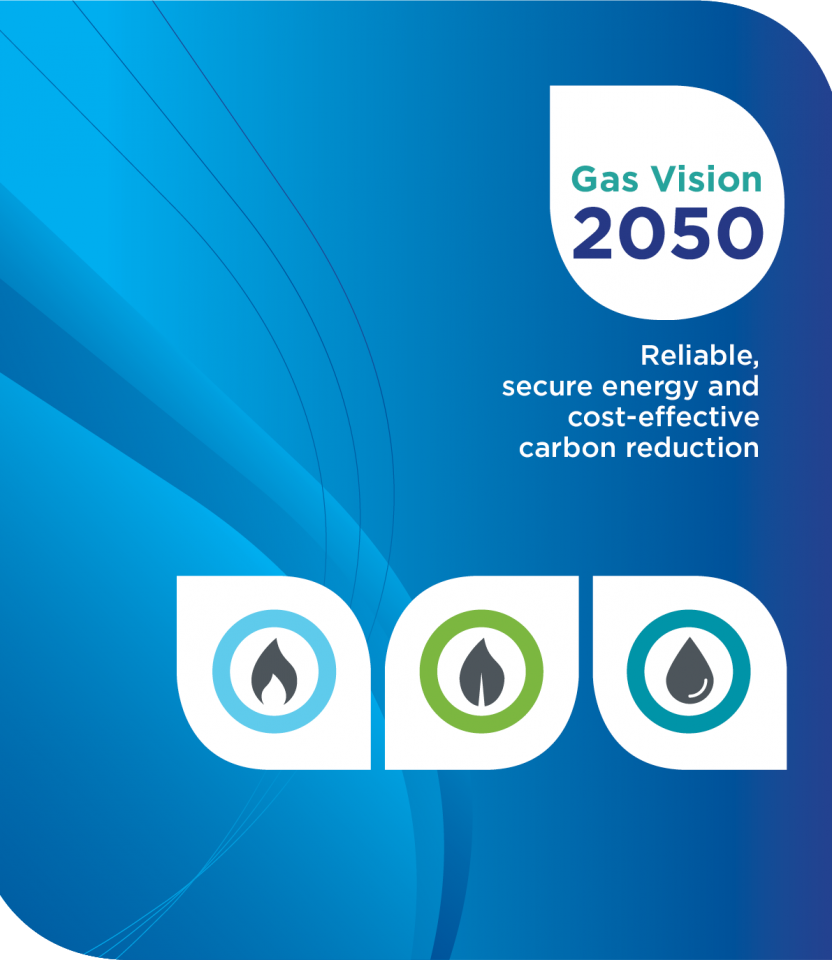
Today, gas is essential to our economy and modern lifestyles. In the future, gas will continue to be essential as Australia makes the transformation to a cleaner energy future.
Whether it’s for hot water, domestic heating, or gas-fired cooking, gas plays a central role in the lives of over 6.5 million Australian households. Today, gas delivers 44% of Australia’s household energy but only 13% of household greenhouse gas emissions.
Gas provides nearly a quarter of Australia’s total energy supply. Gas also plays an important role in our economy with approximately 130,000 commercial businesses relying on gas. Major industries use gas for energy and as a feedstock for manufacturing products such as plastics, chemicals and fertilisers. Figures collated by Deloitte demonstrate that gas underpins a variety of local industries. It estimates that half of the gas consumed in Australia is used in manufacturing and mining industries that contribute $196 billion to the national economy employing 949,000 Australians.
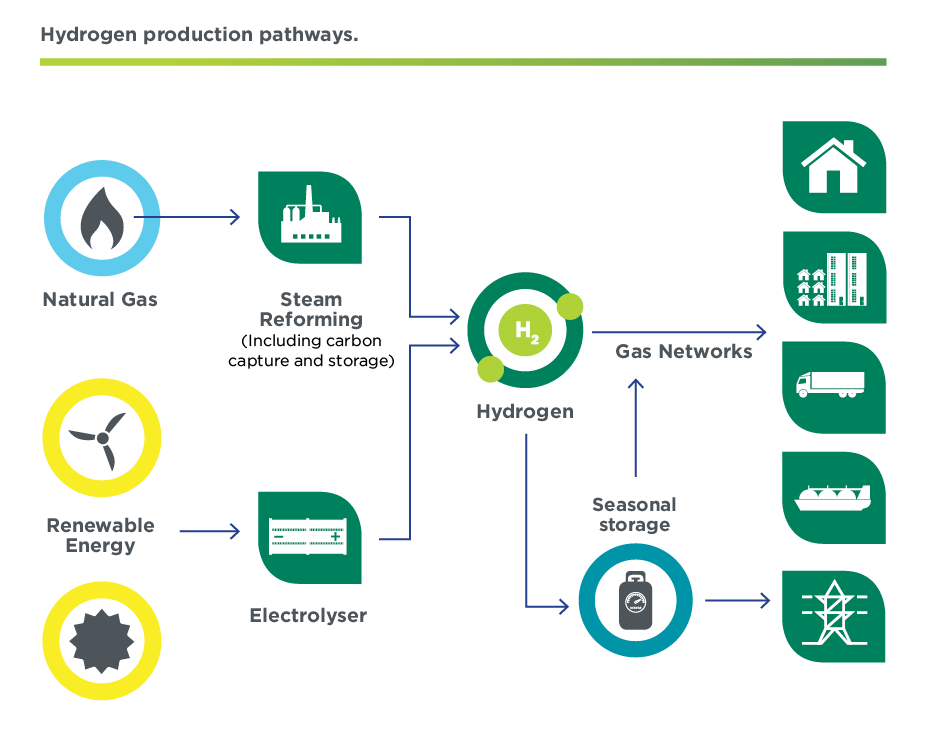
Our vision is for Australia to turn its gas resources into products and services that will enhance national prosperity while achieving carbon neutrality.
Gas has an essential role to play in reducing emissions. In the home, gas is a cleaner fuel than electricity from the grid. Fuel switching from coal to gas offers the most immediate and risk-free option to cut emissions from the electricity generation sector. Jacobs foresees at least a tripling of gas-fired generation as part of its least-cost path to achieving our nation’s 2030 emissions target.
This Gas 2050 Vision report is the next step in our gas journey. It reflects the ambitions of key organisations which represent Australia’s gas sector. It shows that gaseous fuels have a pivotal role to play in Australia’s low carbon future to 2050 and beyond. Our plan is for this Vision to be refined and further developed as the role of gas in Australia’s energy mix continues to evolve.